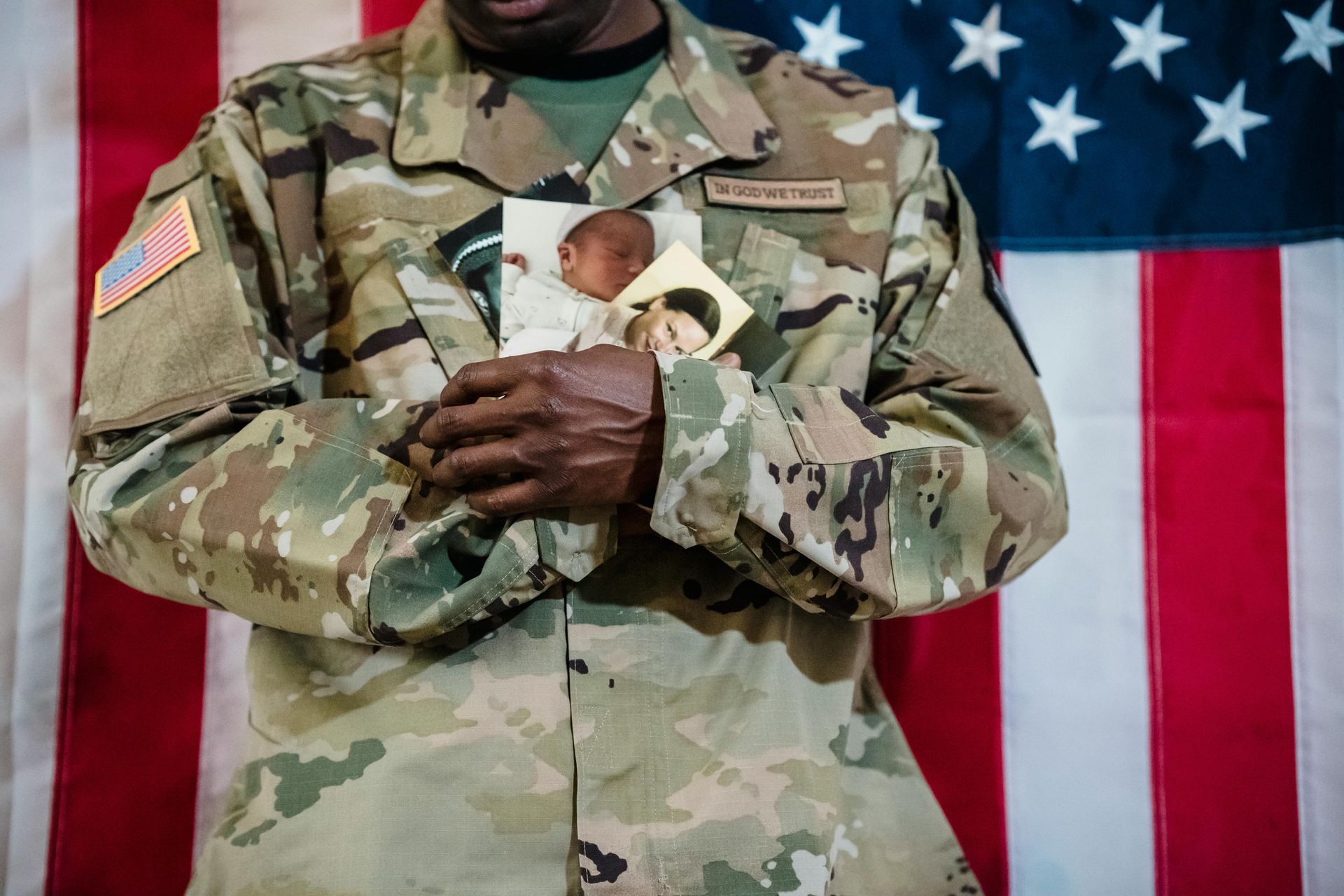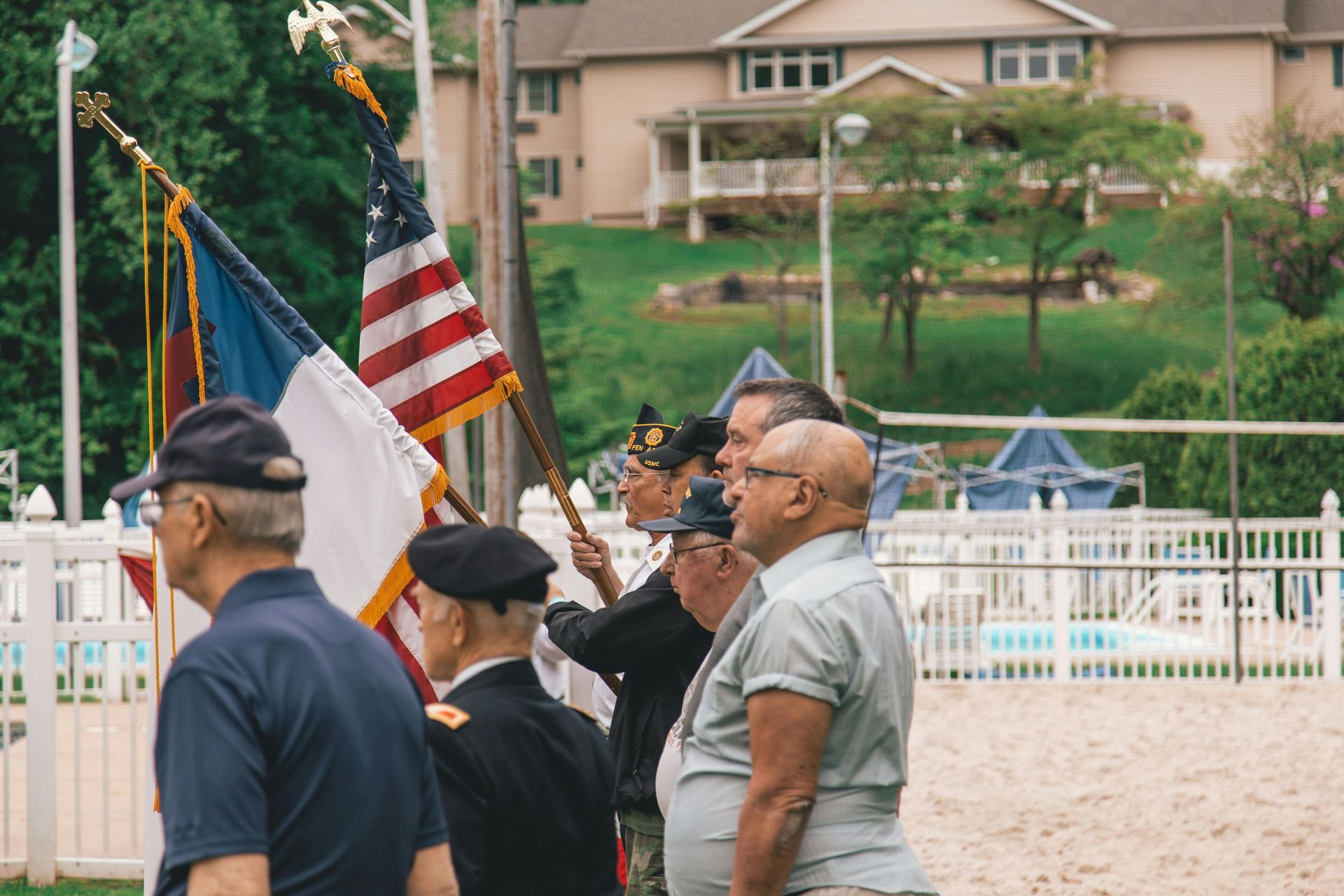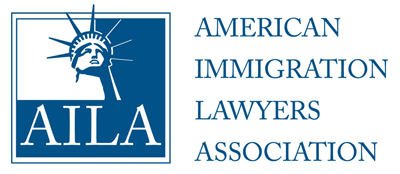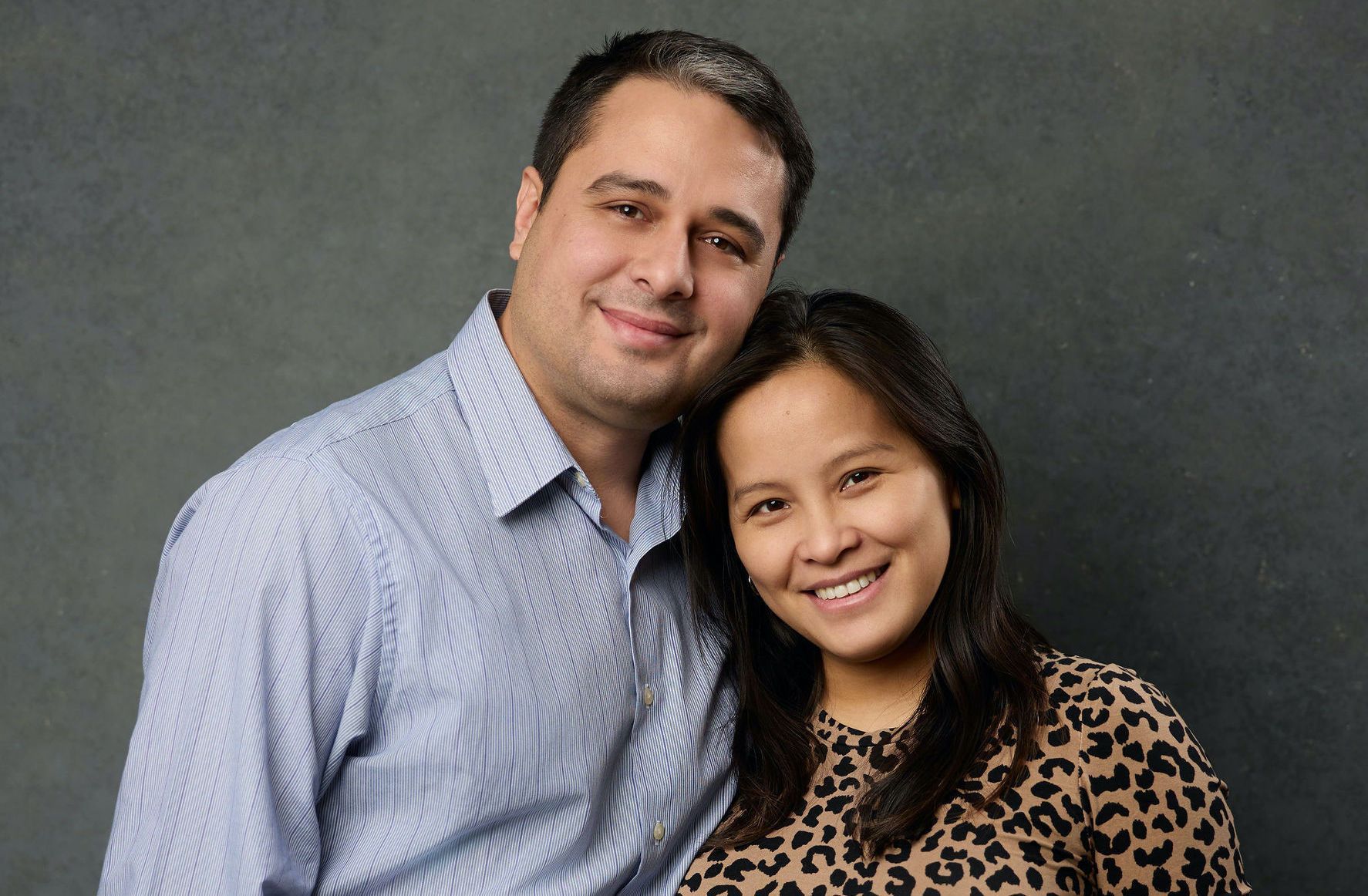给美国公民的K-1未婚配偶签证指南 (中国广州)

恭喜您人生准备进入下一个阶段! K-1 未婚配偶签使美国公民得以与外籍未婚夫 ( 未婚妻 ) 结婚,并协助其移民至美国。 K-1 是带有移民意图的签证,外籍人士持 K-1 签证入境美国一次,并在 90 天内与提出申请的美国公民结婚。
此篇文章总结我们律所的资源与经验,综合许多常见问题,为考虑申请 K-1 签证的美国公民及其在中国的未婚夫 / 妻提供有用资讯。
此签证申请资格要求是什么?
- 美国公民的一方愿意开始申请
- 双方真心相爱
- 在过去的两年中,美国公民和中国未婚配偶曾彼此会面(实际曾同处一房间、城市、国家 / 地区)
- 美国公民和中国未婚配偶打算在入境后 90 天内结婚
- 美国公民和未婚配偶在法律上 “ 可以自由结婚 ” ,这意味着双方皆并非处于已婚状态。
- 美国公民一方有稳定的收入来负担彼此开销,并且该收入超过了《联邦贫穷标线》。
未婚配偶签证有三个步骤:
- 步骤一:向 USCIS 提交 I-129F 申请。 I-129F 申请必须得到批准,再转发至 NVC ,然后 NVC 转交至美国驻广州总领事馆,然后才能开始执行步骤二。
- 步骤二:向美国驻广州总领事馆提交 DS-160 K-1 签证申请,允许中国未婚夫 / 妻进入美国。
- 步骤三:双方在 90 天内结婚后,外籍配偶向 USCIS 申请 I-485 身份调整,以获取绿卡
K-1签证面谈可以在广州以外其他在中国的美国领事馆进行吗?
不行。只有美国驻广州总领事馆可以签发移民签证与 K-1 未婚夫 / 妻签证。以下领事馆皆无法接受 K-1 未婚配偶签证面谈:
- 美国驻北京大使馆
- 美国驻成都总领事馆
- 美国驻上海总领事馆
- 美国驻沈阳总理事馆
- 美国驻武汉总领事馆
广州中国未婚配偶签证申请的正常处理时间是多少:
- 步骤一可能需要 3 到 8 个月才能完成。有关最新估计,可以在此处检查 USCIS 的处理时间: https : // www.fickeymartinezlaw.com/immigration/how-do-i-check-uscis-processing-times/
- 步骤二通常会在步骤一获得批准后的 4 个月内开始审理,但由于在美国驻中国领事馆的案件积压,这种申请通常会花费数周或数月的时间
- 步骤三最多需要 3 个月到 5 年(取决于 USCIS 管辖权)。可以在这里查看 USCIS 的处理时间排期: https : // www.fickeymartinezlaw.com/immigration/how-do-i-check-uscis-processing-times/
如果已经提交了申请文件但审理时间太长怎么办?如何查看平均案件审理时间?
以下文章可帮助您找到 USCIS 工具,以查看最新的处理时间。如果申请时间太长,则最好查看其处理进度是否与其他申请相同。
如果申请案件处理缓慢, USCIS 网站有线上请求提交功能,可要求 USCIS 官员调查此事并查看是否审理延迟。 USCIS 网站请求功能必须在您查看平均审理时间之后, 只有超出正常处理时间的请求才能使用以下电子请求提交链接,无法提早提交请求: https://egov.uscis.gov/e-request/displayONPTForm.do?entryPoint=init&sroPageType=onpt
需要什么申请文件?
您可在我们律所网站上找到所需的移民申请文件清单: https://www.fickeymartinezlaw.com/immigration-checklist/
如何准备一份意向备忘录?
以下是我们律所创建的模板,希望对您有帮助:
申请K-1 签证有多少次面谈?
通常有 2 次面谈。
- 在步骤二时,只有中国公民的未婚夫(或妻)可以参与面谈。美国公民不能参加甚至进入美国大使馆,即便面谈当时他们人在中国。
- 在步骤三时,一旦绿卡申请面试被排定,配偶双方都必须参加面谈。
是否有任何领事馆面谈指南?
广州领事馆提供以下领事面谈指南: https://travel.state.gov/content/travel/zh/us-visas/Supplements/Supplements_by_Post/GUZ-Guangzhou.html
I-134是什么,它是必需的吗?
I-134 是份经济担保书。在 K-1 签证程序中需要 I-134 及其财务证明文件。经济担保书使美国大使馆能够评估美国公民的财务稳定性及其支持外籍配偶的能力。有关 I-134 的更多信息,请参考以下网址: /immigration/youtube-the-i-134-affidavit-of-support/
我的K签证正在审理中,但我现在可以去美国旅行吗?
通常的答案是不行。审理中的 K 签证申请本身不允许申请人以游客身份造访美国。如果中国籍的未婚配偶本身持有旅游签证,短暂赴美旅行或许可行。然而,持有非移民旅游签前往美国不保证您一定能够入境,尤其在您申请移民签证期间。最保险的做法仍是等待 K-1 签证下来,然后持此签证入境美国。
面谈中可能会问什么样的问题?
在领事馆面谈中,领事官员将询问配偶关系和查验证明文件。
一般常见问题是:
- 当初如何认识的?
- 谁先邀请对方出去?
- 约会一般如何进行?
- 怎么订婚的?
- 美国公民配偶的全名,出生日期和地址是什么?
- 美国公民父母的名字是什么?
- 美国公民配偶是否曾经有过婚姻?
- 美国公民配偶做什么工作?
- 美国公民配偶是否有任何孩子?他(们)叫什么名字?
- 您打算在美国住哪里?
除了上述问题外,在 USCIS 绿卡面谈,可能还会询问以下问题:
- 婚礼和蜜月如何?
- 婚姻生活如何?
- 你们见过对方的家人吗?
- 谁先起床?
- 美国公民配偶在哪里工作?
- 谁做饭?而且,通常煮什么?
- 配偶什么时候下班回家?
- 谁处理财务?付账单?
- 您有几辆车?
- 官员可能会要求匹配配偶的钥匙
- 官员可能会询问被带到面试中的配偶照片的故事,以证明他们之间存在持续的关系
- 官员可能会询问婚礼证人
如果您需要中国未婚夫签证流程方面的帮助,请考虑与我们的律所联系,与我们的移民律师进行咨询。
免责声明:
律师或律师事务所的发布者仅出于教育目的提供此博客,并且仅向您提供一般信息和对法律的一般理解,而不提供特定的法律建议。通过使用此博客网站,您了解您与博客/网站发布者之间没有律师-客户关系。博客不能代替您所在州的专业律师提供的有效法律建议。
Miǎnzé shēngmíng:
Lǜshī huò lǜshī shìwù suǒ de fǎ bù zhě jǐn chū yú jiàoyù mùdì tígōng cǐ bókè, bìngqiě jǐn xiàng nín tígōng yībān xìnxī hé duì fǎlǜ de yībān lǐjiě, ér bù tígōng tèdìng de fǎlǜ jiànyì. Tōngguò shǐyòng cǐ bókè wǎngzhàn, nín liǎojiě nín yǔ bókè/wǎngzhàn fābù zhě zhī jiān méiyǒu lǜshī-kèhù guānxì. Bókè bùnéng dàitì nín suǒzài zhōu de zhuānyè lǜshī tígōng de yǒuxiào fǎlǜ jiànyì.
The post 给美国公民的K-1未婚配偶签证指南 (中国广州) appeared first on Fickey Martinez Law Firm.












